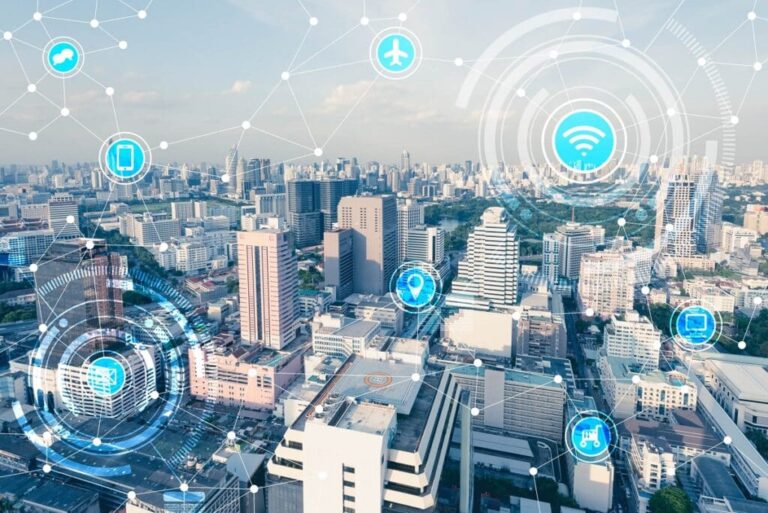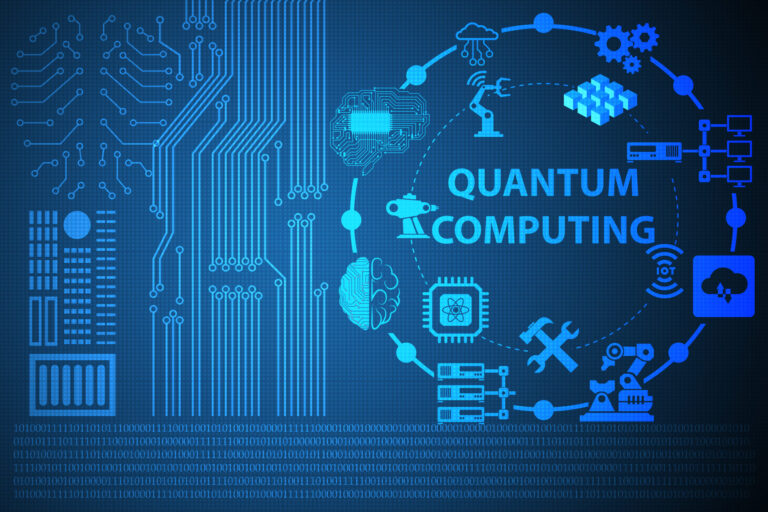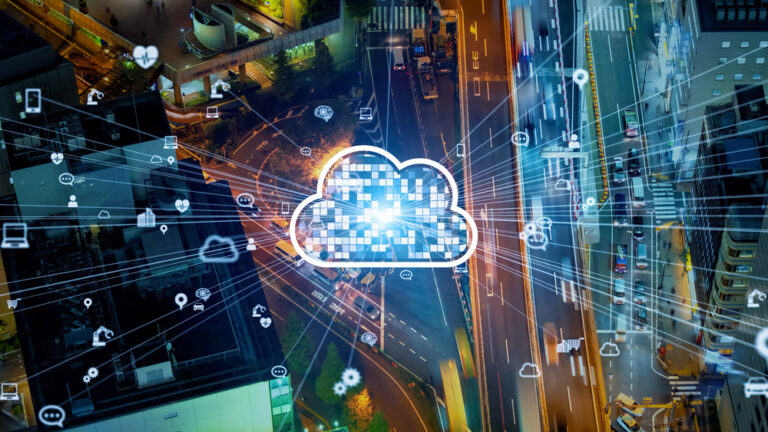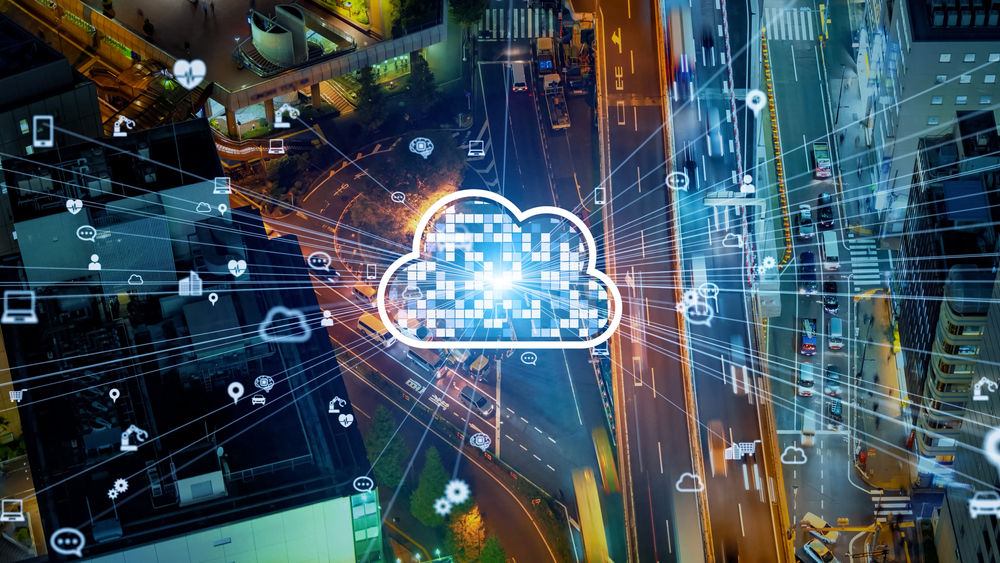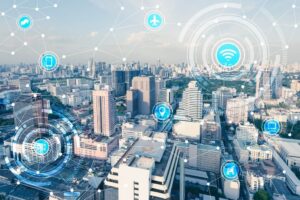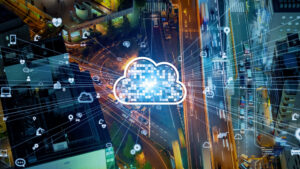Introduction
With the explosion of IoT devices, smart cities, and AI-powered applications, the demand for faster, real-time data processing is greater than ever. Traditional cloud computing, though powerful, struggles with latency and bandwidth issues.
That’s where Edge Computing comes in! This technology processes data closer to the source, reducing delays and enabling ultra-fast, secure, and efficient computing.
But how does it work, and what industries are benefiting the most? Let’s explore!
1. What is Edge Computing? 🖥️
Edge Computing moves data processing closer to the device instead of relying on distant cloud servers.
✔️ Faster response times by reducing lag.
✔️ Lower bandwidth usage, reducing data costs.
✔️ Improved security as less data is transmitted over networks.
💡 Example: A self-driving car processes data in real-time at the “edge” to make split-second decisions instead of waiting for cloud servers.
2. How is Edge Computing Different from Cloud Computing? ☁️➡️🖥️
| Feature | Cloud Computing 🌩️ | Edge Computing 🖥️ |
|---|---|---|
| Data Processing | Done in centralized data centers | Done near the data source (e.g., IoT devices, local servers) |
| Latency | Higher (due to network delays) | Lower (real-time processing) |
| Bandwidth Usage | High | Low |
| Best for | Storing large amounts of data | Real-time, fast processing |
🚨 Challenge? Edge devices require powerful hardware and strong cybersecurity measures.
3. Edge Computing in Smart Cities 🏙️
Smart cities use Edge Computing to process data from millions of IoT sensors and cameras.
✔️ Traffic control systems analyze road congestion in real-time.
✔️ Smart grids optimize electricity distribution for energy efficiency.
✔️ Surveillance cameras detect threats instantly without cloud delays.
💡 Example: In a smart city, edge computing adjusts traffic lights dynamically to improve traffic flow.
4. Edge Computing in Healthcare 🏥
Edge Computing is revolutionizing healthcare by enabling:
✔️ Faster diagnosis with AI-powered edge devices.
✔️ Wearable health devices monitoring patients in real-time.
✔️ Remote robotic surgeries with ultra-low latency.
🚨 Security Concern? Medical data must be encrypted to protect patient privacy.
5. Edge Computing & 5G: A Powerful Combination 📶
5G networks and Edge Computing work together to enable:
✔️ Seamless real-time gaming & AR/VR experiences.
✔️ Instant communication for autonomous vehicles.
✔️ Low-latency industrial automation.
💡 Example: Edge-powered 5G drones can analyze disaster areas in real-time to assist emergency responders.
6. The Role of AI & Machine Learning in Edge Computing 🤖
AI at the Edge enables:
✔️ Faster decision-making without cloud dependency.
✔️ Enhanced security by detecting cyber threats instantly.
✔️ Efficient industrial automation in manufacturing.
🚨 Challenge? AI models at the edge require high processing power and energy-efficient chips.
7. The Future of Edge Computing 🚀
By 2030, Edge Computing will be integrated into nearly every industry:
✔️ Self-driving cars & smart transportation systems.
✔️ AI-powered robotics in manufacturing.
✔️ Ultra-fast gaming & immersive metaverse experiences.
💡 Growth Forecast: The Edge Computing market is expected to reach $155 billion by 2030!
Conclusion
Edge Computing is reshaping the digital world, enabling faster, more secure, and efficient data processing.
From smart cities to AI-driven healthcare and 5G-powered applications, Edge Computing is driving the future of innovation.
🚀 What industry do you think will benefit most from Edge Computing? Let’s discuss!
